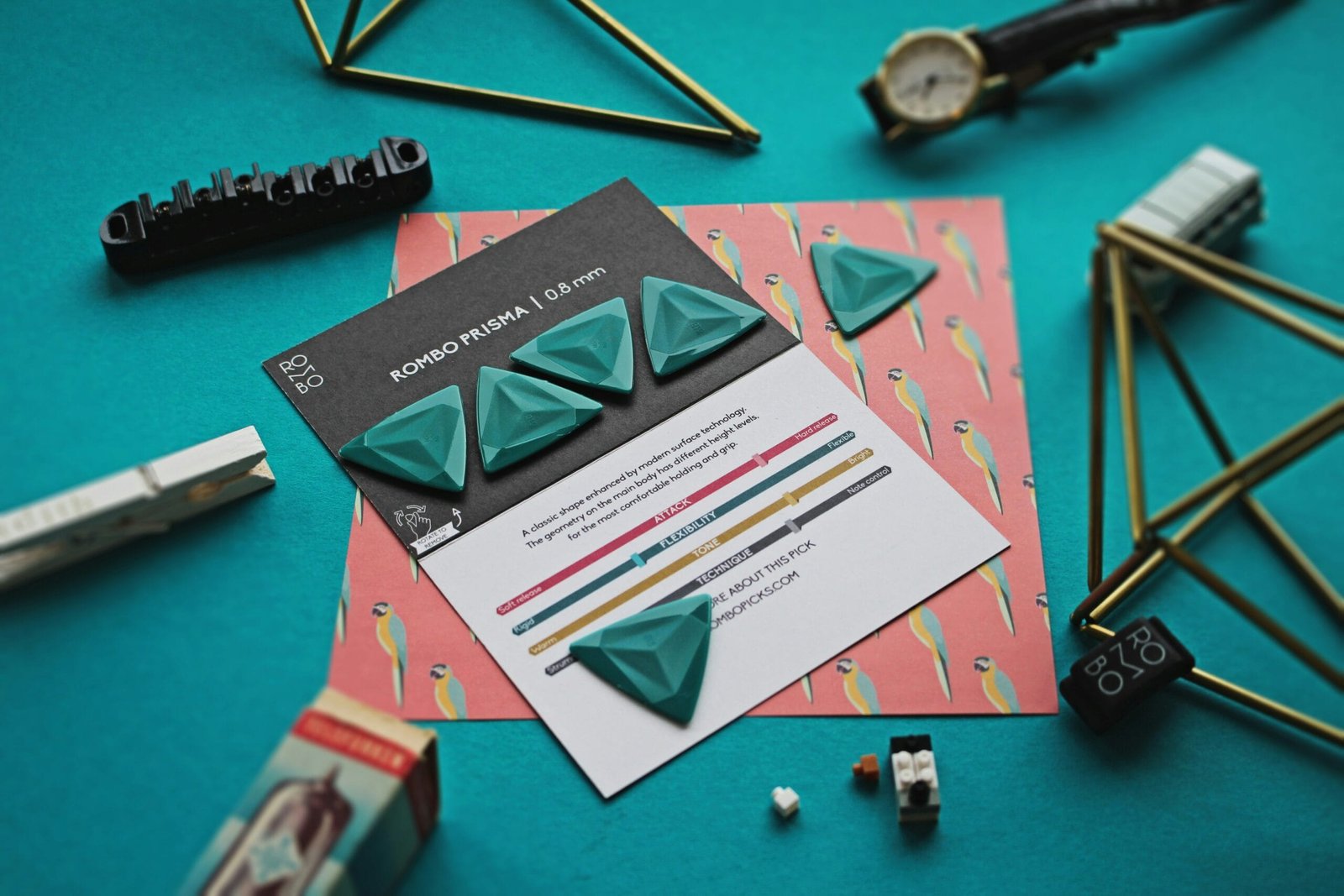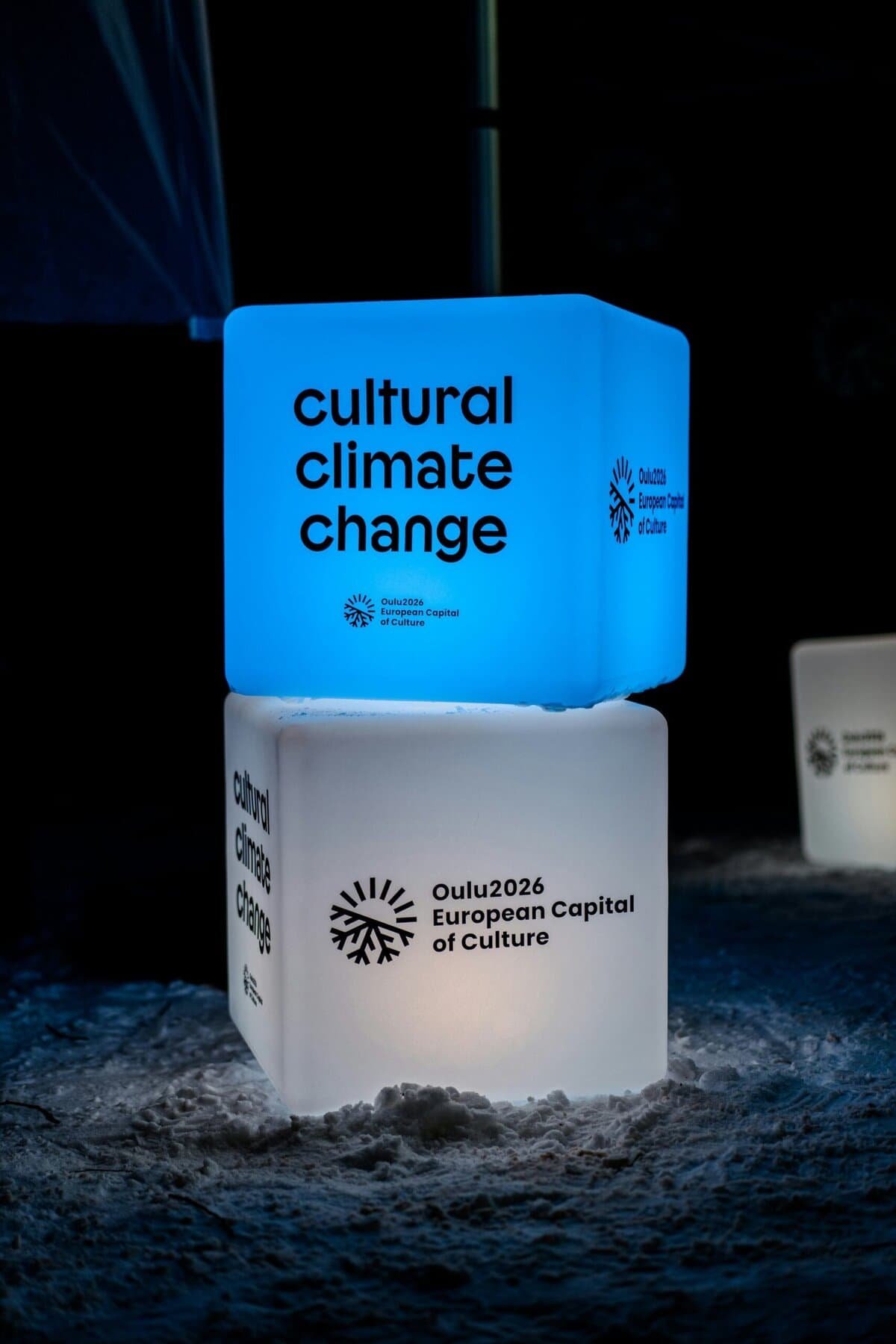Have you ever dreamed of turning your freelance projects into a thriving agency? The journey from being a solo designer to leading a remote team of interns is both exciting and daunting. It marks a pivotal moment in your career—a chance to expand your capabilities, build something bigger, and create opportunities for others. Transitioning from a solo freelance designer to an agency owner involves a blend of strategy, leadership, and foresight. Let’s look into how you can navigate through this transformation with clarity and purpose.
Understanding the Shift from Freelancer to Agency Owner
Stepping into the role of an agency owner requires more than a desire for growth. It demands a fundamental shift in how you operate, from managing your time and clients to steering your business towards a collective vision. As you pivot from handling everything on your own to delegating tasks and managing a team, understanding this transition is crucial.
Recognizing the Need for Expansion
Your freelance work might have reached a saturation point where managing client expectations, deadlines, and creative outputs single-handedly is no longer sustainable. There’s a call for expansion, an opportunity to touch more projects and scale your impact without overextending yourself. Recognizing this stage is essential to unlock the benefits of agency ownership.
Developing an Agency Mindset
Transitioning entails adopting an agency mindset. You’ll need to think beyond individual projects to broader business development strategies, marketing, and client relations at scale. It’s about looking at the bigger picture and charting a course that aligns with long-term goals.
Planning Your Agency’s Structure
Starting an agency isn’t just about hiring a few interns and calling it a day. It involves meticulous planning to build a driven and cohesive team. Mapping out your agency’s structure is the bedrock for sustainable success.
Defining Your Core Services and Unique Value Proposition
Begin by clearly defining your agency’s core services and how you’ll differentiate from others in the market. What unique value does your agency offer that attracts and retains clients? Whether it’s specialization in a design niche or exemplary customer service, establishing this foundation is key.
Strategic Team Roles and Responsibilities
Deciding how your team functions is imperative. This involves assigning roles that align with individual strengths and organizational objectives. A well-defined structure empowers remote interns with clear expectations, enhancing productivity and collaboration. A simple table might help:
| Role | Responsibilities |
|---|---|
| Creative Director | Develops creative vision and leads projects |
| Project Manager | Coordinates timelines and client relationships |
| Designer Interns | Execute design tasks and contribute ideas |

Building and Managing a Remote Team
Remote working is conducive to flexibility but presents its own set of challenges, particularly when interns are involved. Building an efficient remote team requires thoughtful engagement and communication strategies to ensure cohesiveness and productivity.
Recruitment and Selection of Remote Interns
When it comes to finding the right interns, it’s about matching your agency’s needs with the burgeoning talent eager to learn and grow. Use platforms like LinkedIn, university job boards, and design communities to source passionate candidates. Pay attention to not just skills, but also the willingness to learn and adapt.
Training and Onboarding for Success
Once selected, providing comprehensive training is essential. This doesn’t merely involve software skills, but also acquainting interns with your agency’s culture and expectations. Remote onboarding should be interactive to facilitate a welcoming environment and encourage active participation from day one.
Effective Communication and Collaboration Tools
Choosing the right set of tools is integral to maintaining strong communication and collaboration. Utilize platforms such as Slack for instant messaging, Zoom for video meetings, and Trello or Asana for project management. These tools keep your team connected and organized, fostering a seamless workflow.
Cultivating a Positive Remote Work Culture
An agency is more than just output; it’s about people working together harmoniously towards a common goal. Cultivating a positive work culture is vital to maintaining morale and inspiring creativity among remote interns.
Encouraging Creativity and Innovation
Foster an environment where new ideas are welcomed. Regular brainstorming sessions, open feedback loops, and creative challenges inspire interns to think outside the box. Innovation should be celebrated as part of your agency culture.
Supporting Professional Growth
Internships are stepping stones in career development. Ensure that your interns experience a learning curve by providing mentorship opportunities, design critiques, and access to resources for skill enhancement. Encouragement and guidance demonstrate your commitment to their growth.
Recognizing and Rewarding Contributions
Acknowledging the hard work of your team encourages a sense of ownership and pride in their contributions to agency success. Establish systems to recognize achievements, whether through verbal acknowledgment, incentives, or opportunities for increased responsibilities.

Navigating Challenges and Seeking Opportunities
Every venture comes with its share of challenges, and agency ownership is no exception. However, these challenges are also opportunities for learning and growth, offering insights that propel you and your agency forward.
Managing Client Expectations
Clear, consistent communication is the key to managing client expectations effectively. Set realistic timelines and deliverables, and keep clients informed throughout the project cycle. This transparency builds trust and fosters long-term relationships.
Handling Time Zone Differences
Working with remote interns often involves navigating time zone challenges. Develop strategies like flexible work hours and overlapping meeting times to mitigate these issues, ensuring everyone is on the same page despite geographical distances.
Leveraging Technology for Efficiency
Harness technology to increase your agency’s efficiency. Automation tools can handle time-consuming administrative tasks, freeing you and your team to focus on creative work. Explore innovative design software to enhance your output quality and speed.
Future-Proofing Your Agency
To ensure your agency’s longevity, it’s important to anticipate future trends and adapt accordingly. This requires a proactive approach to business development and innovation.
Continuous Learning and Adaptation
Commit to an ethos of continuous learning. Encourage your team to keep pace with industry shifts and updates. Providing ongoing training, attending webinars, and participating in professional forums keeps your agency at the forefront of design trends.
Expanding Services and Capabilities
As your agency matures, explore opportunities to expand your services. Consider adding complementary offerings, such as marketing consultation or UI/UX design, to broaden your client base and industry reach.
Building a Strong Brand Presence
Your agency’s brand represents its ethos and promise to clients. Invest time in building a strong, memorable brand identity through consistent messaging, a robust online presence, and high-quality client interactions. A well-defined brand attracts clients and builds a loyal following.

Conclusion
Launching an agency as a former freelance designer is a bold step that transforms your career trajectory. By strategically planning, building a solid team, and cultivating a positive remote culture, you create a working environment that thrives on creativity, productivity, and continuous growth. Embrace this journey with enthusiasm and open-mindedness, for the rewards of guiding interns to their potential while building your agency are immeasurable. Remember, the growth is not merely in size but in the impact you and your team have in the design world. Each day presents new challenges and opportunities to learn, ensuring that your agency will flourish and buffer against the ever-evolving landscape of creative business.
